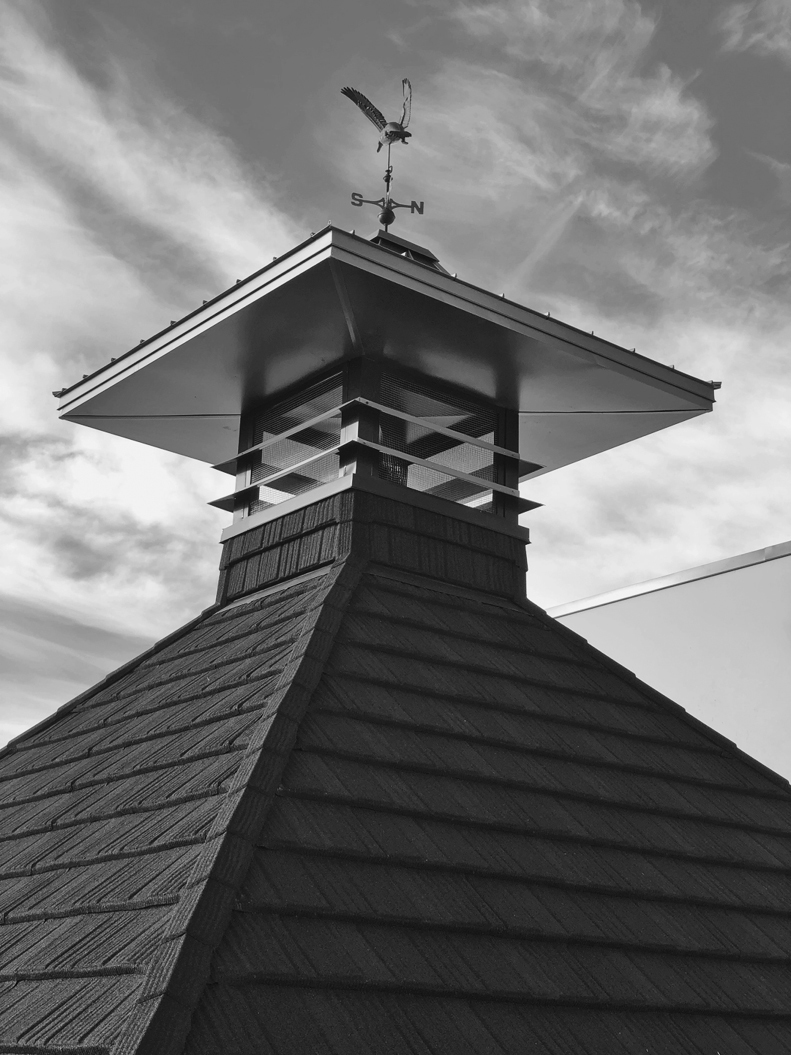A pagoda is the distinctive slatted, curved-roof tower that decorates many whisky distilleries in Scotland. Originally, these were designed by the Scottish architect Charles Doig (1855–1918). Located above the kiln, they acted as an aid to draw hot air (and smoke) through the bed of barley held within. They were originally known as the “Doig’s ventilator,” and to be architecturally accurate they are cupolas, not pagodas. Designed in the proportions of the golden ratio, they were an adaptation of existing design used to help airflow in hay barns and replaced the rotating, cone-shaped “Cardinal’s hats” used in oast houses.
The first of Doig’s ventilators was installed at the Dailuaine distillery in Speyside in 1889. Although very few distilleries still malt their own barley, most have retained the pagoda/cupola/ventilator as an architectural signifier.
See also kilning; malting; and whisky, scotch.
“Charles Chree Doig: Basic Biographical Details.” Dictionary of Scottish Architects. http://www.scottisharchitects.org.uk/architect_full.php?id=200641 (accessed March 5, 2021).
Wilson, Neil. “Why Distilleries Have Cupolas-Not Pagodas.” Scotch Whisky, June 2, 2016. https://scotchwhisky.com/magazine/the-way-i-see-it/9504/why-distilleries-have-cupolas-not-pagodas/ (accessed March 5, 2021).
By: Dave Broom
 Pagoda at the Leopold Bros. distillery, Denver, Colorado. Source: Courtesy of Todd Leopold.
Pagoda at the Leopold Bros. distillery, Denver, Colorado. Source: Courtesy of Todd Leopold.
